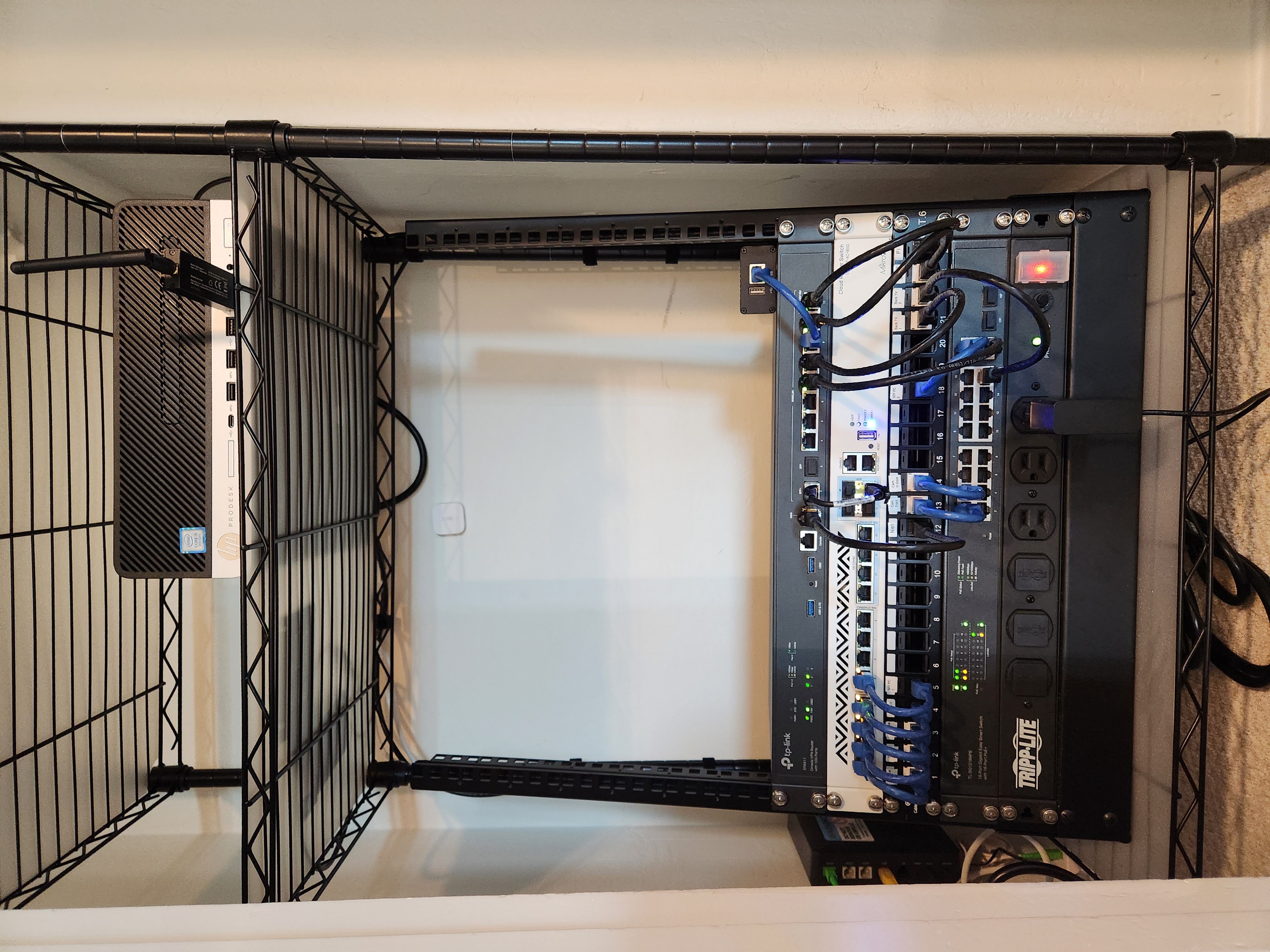Depends on how thick the pizza is.
dan
How can you have 0.25 of an item when the song only has whole numbers?
I've been 4chan-free for a very long time and want to keep it that way.
ECC (and other methods) write the corrected value back to memory
That was my understanding (it corrects the error and writes the good value back to RAM), but now I'm not so sure! I imagine it must do that, otherwise a second bit flip would actually corrupt the RAM, and the RAM manufacturer would want to reduce that risk.
Regular ECC adds an extra parity bit for each byte. For each byte of memory, it can correct an error in one bit, and detect but not correct an error in two bits, so they wouldn't want a one bit error to linger for longer than it needs to.
I don't get why the saying is "shoving it down your throat" or "jumping down your throat" when it's more like shoving it down your ear canal. You don't eat what people are saying 🤔
is... Is that a thing?
Prices will go up before black friday
It's before Black Friday now :P
Amazon show a "lowest price in 30 days" badge if the price is the lowest in the past 30 days, so companies that sell their products on Amazon will sometimes raise the price 30 days before Black Friday.
Some companies will make units specifically for black friday. Usually cheaper, less features, and sometimes less reliable.
This has always been the case. Same with outlets - some items at outlet stores are specifically made to be sold at the outlet.
Things like this take a while to finalize, so you're good for now. Just wait until Black Friday to buy anything, since it's so soon and lots of computer stuff goes on sale.
What can I do to help, as a cis man?
Unfortunately I can't vote in the US since I'm not a citizen.
They get around $500 million per year from Google, so $1 billion is just two years worth of that. 86% of Mozilla's revenue comes from that Google deal.
A better use of your time is to improve documentation. Developers generally hate documentation so it's often in need of improvement. Rewrite confusing sentences. Add tutorials that are missing. Things like that. You don't necessarily have to be a good developer or even understand the code of the project; you just have to have some knowledge of the project as an end user.



Why are they adding this to Notepad rather than Word?